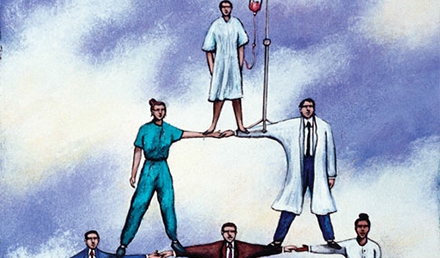Urgent message: This exclusive interview with Intermountain Medical Group Chief Executive Officer Linda Leckman, MD, illustrates how urgent care can improve access and clinical outcomes while reducing costs for patients in a system that integrates providers, hospitals, and health insurance using a shared electronic medical record and capitated payment. ALAN A. AYERS, MBA, MAcc, Experity Introduction In the evolving U.S. health-care system, individual providers, ancillary facilities, hospitals, and payors are joining together in connected systems …
Read More


